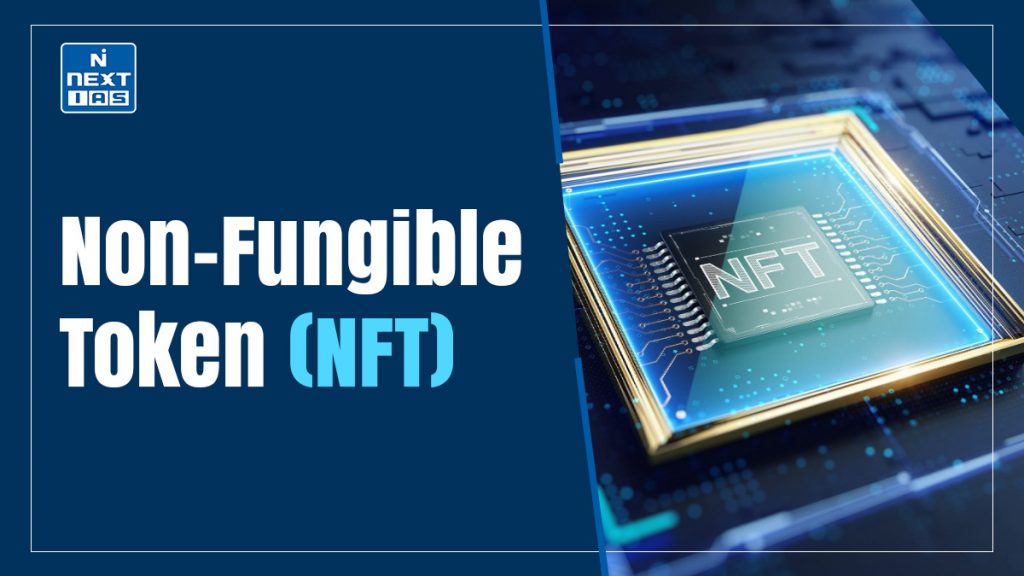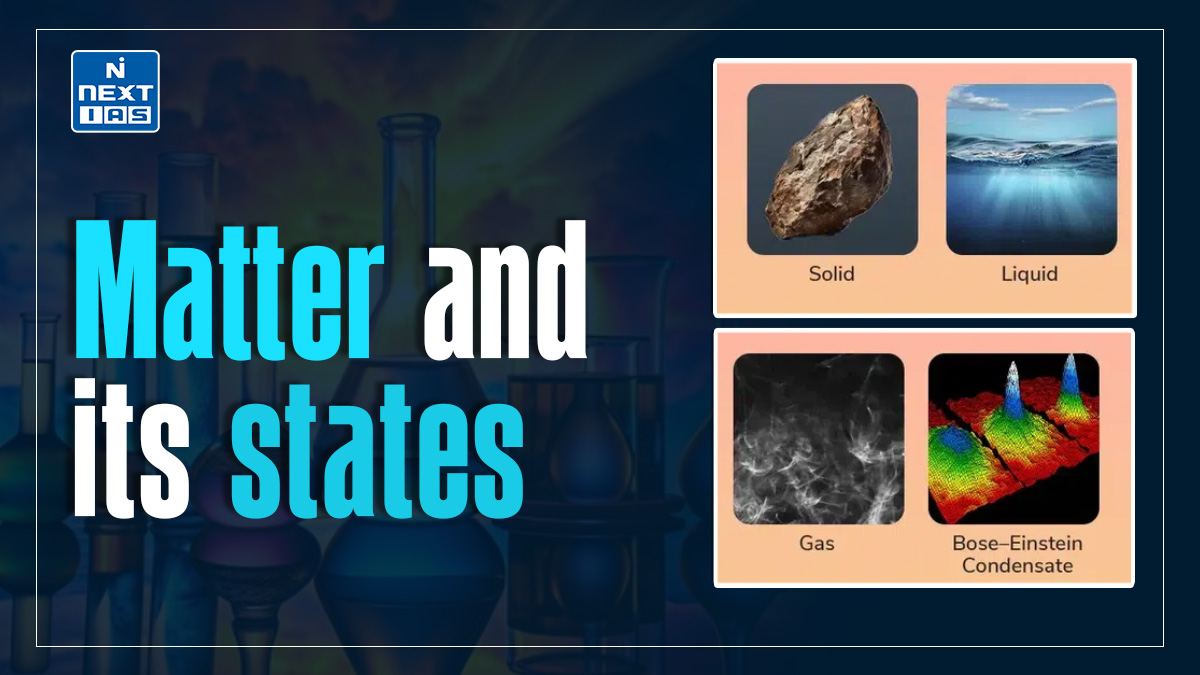
Non-Fungible Tokens (NFTs) are unique digital assets stored on blockchain technology, representing ownership of items like art, music, videos, or virtual goods. Unlike cryptocurrencies, NFTs are indivisible and irreplaceable, offering verifiable authenticity and scarcity. They are revolutionizing digital ownership, empowering creators, and redefining value in art, gaming, and entertainment industries.
What are the Non-Fungible Tokens (NFTs)?
- They are unique cryptographic assets stored on a blockchain, designed to be irreplaceable and non-replicable.
- They can represent both digital and physical items, such as art, photographs, music, videos, real estate, personal identities, and property rights.
- They are tokenized assets with distinct identification codes and metadata that set them apart from other tokens.
- The term “non-fungible” indicates that each NFT is unique, unlike fungible assets like currency, where a ten-rupee note can be exchanged for another of the same value.
- They can be traded or exchanged for money, cryptocurrencies, or other NFTs, with their value determined by market demand and ownership.
- Transactions involving NFTs are recorded on blockchains, a transparent and decentralized public ledger.
- Most NFTs are hosted on the Ethereum blockchain. Their popularity surged in 2021, as artists and creators began leveraging NFTs as a practical method to monetize their work.
How is an NFT different from a cryptocurrency?
NFTs (Non-Fungible Tokens) and cryptocurrencies are both digital assets that exist on blockchain technology, but they serve different purposes and have distinct characteristics. Here’s how they differ:
- Fungibility
- NFTs: Non-fungible, meaning each token is unique and cannot be replaced or exchanged on a one-to-one basis with another NFT.
- Cryptocurrencies: Fungible, meaning one unit is identical to another (e.g., one Bitcoin is equal to another Bitcoin).
- Purpose
- NFTs: Represent ownership of specific, unique items like digital art, music, videos, collectibles, or real-world assets.
- Cryptocurrencies: Primarily function as a medium of exchange, a store of value, or a unit of account (e.g., Bitcoin, Ethereum).
- Value
- NFTs: Value is subjective, determined by rarity, demand, and the perceived worth of the asset they represent.
- Cryptocurrencies: Value is determined by supply, demand, market trends, and utility within the ecosystem.
- Interchangeability
- NFTs: Cannot be divided or exchanged equivalently (e.g., you can’t exchange one artwork NFT directly for another, as their value differs).
- Cryptocurrencies: Can be divided into smaller units (e.g., Satoshis in Bitcoin) and exchanged without any loss of value.
- Ownership
- NFTs: Ownership represents specific rights over a unique item, which can be verified through blockchain metadata.
- Cryptocurrencies: Ownership represents possession of a digital currency balance, which can be transferred seamlessly.
- Underlying Technology
- NFTs: Often use blockchain networks like Ethereum and include metadata that defines their unique characteristics.
- Cryptocurrencies: Operate as digital currencies on blockchain networks without metadata distinguishing individual units.
In essence, while cryptocurrencies act as digital money, NFTs are digital certificates of ownership for unique assets.
Applications of NFTs (Non-Fungible Tokens)
They have a wide range of applications across various industries due to their ability to represent unique ownership and authenticity. Key applications include:
- Digital Art
- Artists can sell original digital artworks directly to collectors while earning royalties on secondary sales.
- NFTs ensure authenticity and ownership of digital art pieces.
- Gaming
- Players can own in-game assets like weapons, characters, or virtual land, which can be traded or sold outside the game.
- Enhances player ownership and decentralizes control over virtual items.
- Music and Media
- Musicians and creators can tokenize songs, albums, or videos, allowing fans to purchase, own, and trade unique pieces of content.
- Enables direct monetization and reduced reliance on intermediaries.
- Virtual Real Estate
- Platforms like Decentraland and The Sandbox allow users to buy, sell, and build on virtual land parcels as NFTs.
- Expands possibilities for virtual worlds and metaverse development.
- Collectibles
- Digital collectibles like trading cards, sports highlights, or branded merchandise are tokenized and sold as NFTs.
- Examples include NBA Top Shot and CryptoPunks.
- Fashion and Luxury Goods
- These are used to prove authenticity and ownership of luxury items or digital fashion assets in the virtual world.
- Reduces counterfeiting and enables virtual fashion collections.
- Identity and Certification
- Digital identities, diplomas, certifications, or licenses can be stored as NFTs, ensuring authenticity and easy verification.
- Useful for personal records and professional credentials.
- Real Estate
- Physical properties can be tokenized as NFTs, enabling fractional ownership or simplifying property transactions.
- Enhances liquidity and transparency in the real estate market.
- Sports and Entertainment
- Athletes and sports organizations tokenize memorabilia, highlight reels, or fan experiences as NFTs.
- Connects fans with exclusive content and opportunities.
- Charity and Fundraising
- NFTs are used to raise funds for charitable causes by selling unique assets, with proceeds donated directly to organizations.
- Promotes transparency in contributions.
- Metaverse Integration
- These form the backbone of the metaverse, representing everything from avatars and items to virtual real estate and experiences.
These are revolutionizing how value is created, owned, and traded in both digital and physical realms, unlocking innovative opportunities for creators and consumers alike.
Advantages of NFTs
- Proven Ownership
- NFTs provide verifiable proof of ownership, recorded on a blockchain, ensuring authenticity and reducing fraud.
- Digital Scarcity
- By tokenizing assets, NFTs ensure uniqueness and scarcity, increasing their value for collectors and enthusiasts.
- Creator Empowerment
- Artists, musicians, and creators can directly sell their work to buyers without intermediaries, retaining a larger share of profits.
- Royalties for Creators
- Smart contracts enable creators to earn royalties automatically from secondary sales, ensuring long-term income.
- Interoperability
- These can be traded or displayed across multiple platforms and applications, especially in gaming and the metaverse.
- Fractional Ownership
- High-value assets like real estate or collectibles can be tokenized and sold as fractional NFTs, enabling wider access to investments.
- Enhanced Security
- Stored on blockchain networks, NFTs are tamper-proof and immune to data loss, offering a secure way to manage ownership.
- Global Marketplace
- These operate in decentralized environments, making them accessible to a global audience, irrespective of geographical barriers.
- Liquidity for Illiquid Assets
- Physical and digital assets that are traditionally illiquid, such as art or real estate, can be made tradable through NFTs.
- Immersive Fan Experiences
- In sports, entertainment, and gaming, NFTs allow fans to own unique experiences, memorabilia, or virtual assets, fostering stronger engagement.
- Innovation and Personalization
- NFTs allow creators to experiment with new forms of digital expression and personalized content for buyers.
- Transparency and Immutability
- All transactions and ownership history are transparently recorded on the blockchain, ensuring trust and accountability.
NFTs are driving innovation in digital ownership, creating new opportunities for creators, investors, and businesses while reshaping how value is perceived and exchanged.
Disadvantages of NFTs (Non-Fungible Tokens)
- Environmental Impact
- Many NFTs are built on energy-intensive blockchains like Ethereum, which use proof-of-work consensus mechanisms, leading to high energy consumption and environmental concerns.
- Volatility and Speculation
- NFT prices can be highly volatile, driven more by speculation than intrinsic value, leading to market bubbles and financial risk for investors.
- Lack of Regulation
- The NFT market is largely unregulated, which can lead to fraud, copyright issues, and market manipulation, making it risky for both creators and buyers.
- Ownership Confusion
- Owning an NFT does not necessarily grant full rights to the underlying asset (such as a digital artwork), leading to confusion about intellectual property and usage rights.
- Market Saturation
- With the increasing popularity of NFTs, the market is becoming saturated, making it harder for creators to stand out and for buyers to find valuable assets.
- Illiquidity
- These can be traded, finding buyers for specific or niche NFTs may take time, making them less liquid compared to other assets or cryptocurrencies.
- Technical Barriers
- The technology behind NFTs can be complex, requiring a level of technical knowledge to create, buy, or sell NFTs, which can be intimidating for newcomers.
- Risk of Loss
- If a user loses access to their private keys or wallet, they may lose access to their NFTs permanently, as there is no central authority to recover lost assets.
- Scams and Fraud
- The NFT space has been susceptible to fraudulent activities, including fake listings, pump-and-dump schemes, and stolen art being sold as NFTs.
- Copyright Issues
- These can complicate copyright enforcement, as digital artworks or content can be copied and resold without the creator’s permission, even though the original creator retains the NFT.
- Long-Term Value Uncertainty
- The future value of NFTs is uncertain, with many uncertain about whether the market will sustain itself or collapse over time.
- Scalability Problems
- Blockchains used for NFTs may struggle with scalability, leading to slow transaction times and high fees, particularly during periods of high demand.
While NFTs have opened up new opportunities, these disadvantages highlight the risks and challenges that users and creators face in the evolving market.
Way Forward
The future of NFTs lies in improved scalability, energy efficiency, and regulatory clarity. With advancements in blockchain technology like Ethereum 2.0, NFTs could become more sustainable. Broader adoption in industries such as real estate, gaming, and intellectual property, along with clearer legal frameworks, will drive long-term growth and stability.
Conclusion
They have revolutionized digital ownership, offering new opportunities for creators, investors, and consumers. While they provide unique benefits like provable scarcity and direct monetization, challenges like volatility, environmental impact, and legal complexities remain. As the market matures, NFTs have the potential to reshape industries and digital ecosystems.
GS - 3





